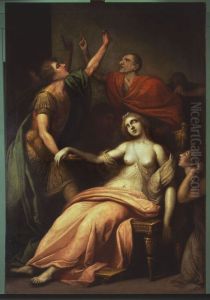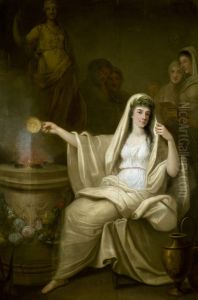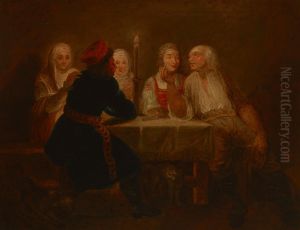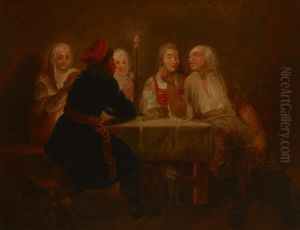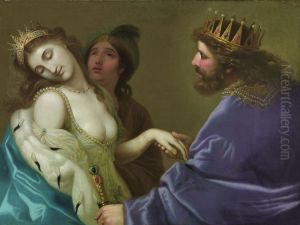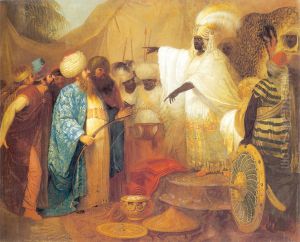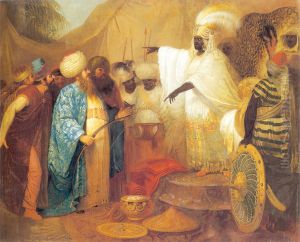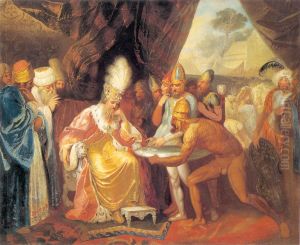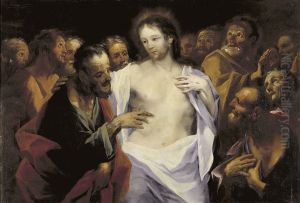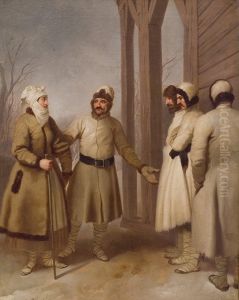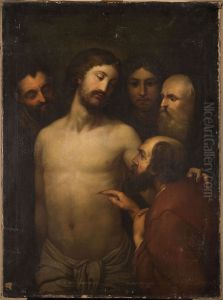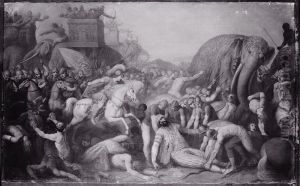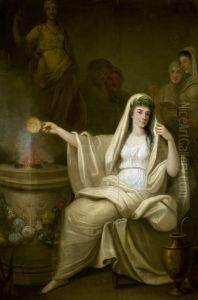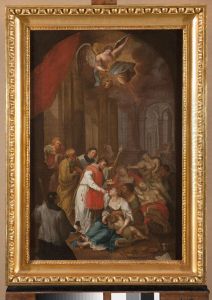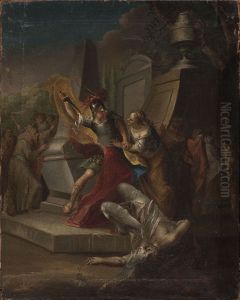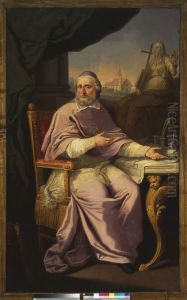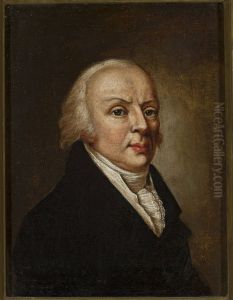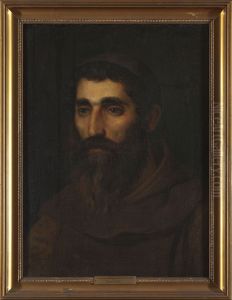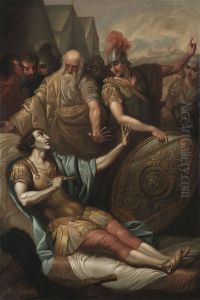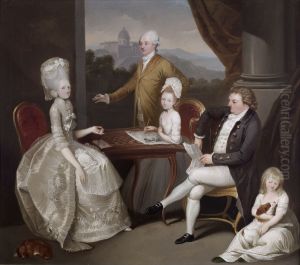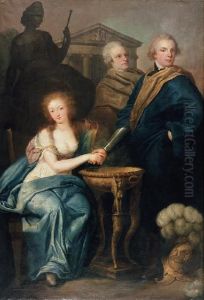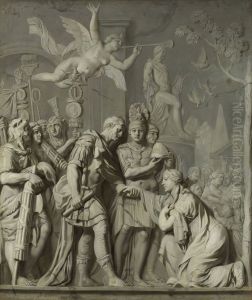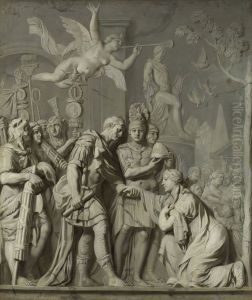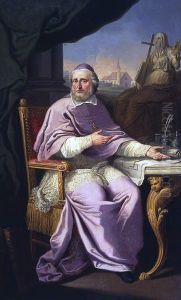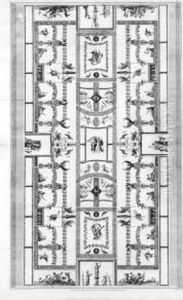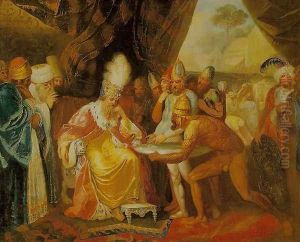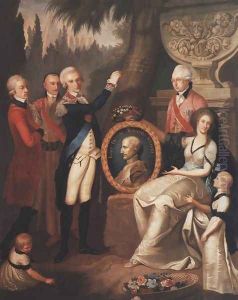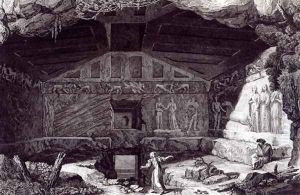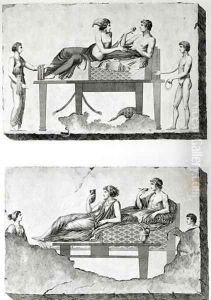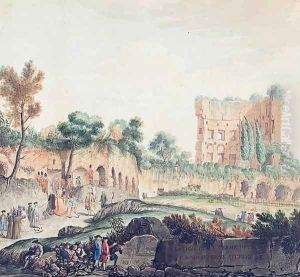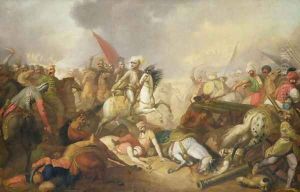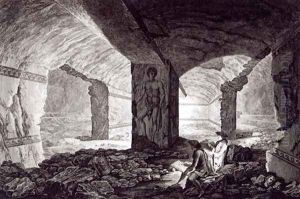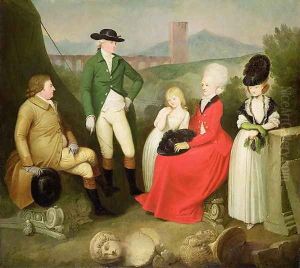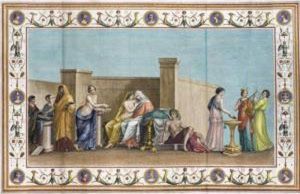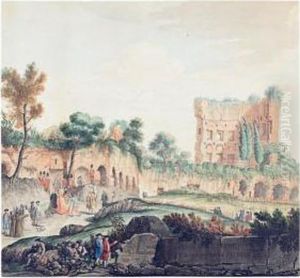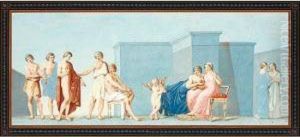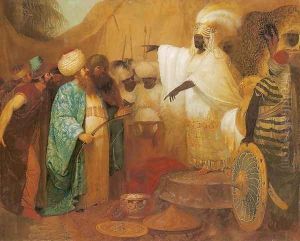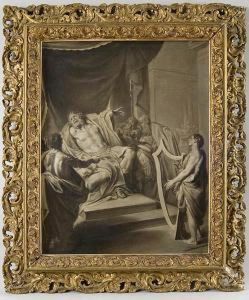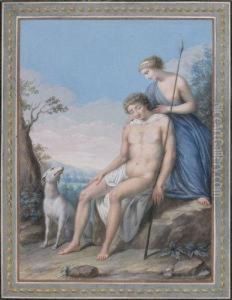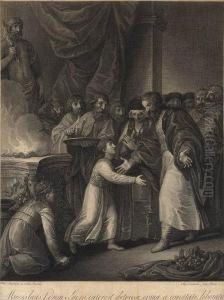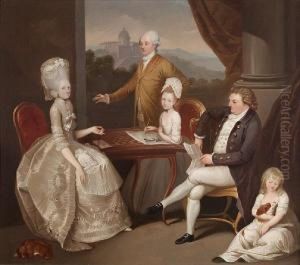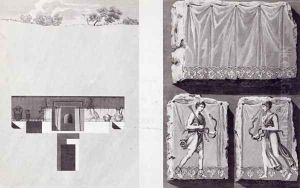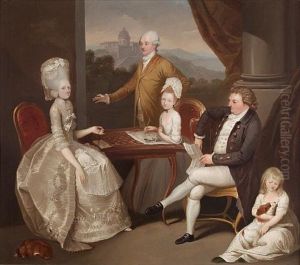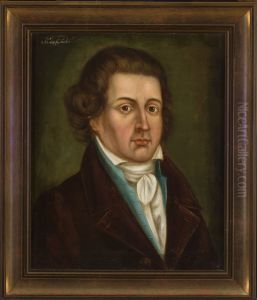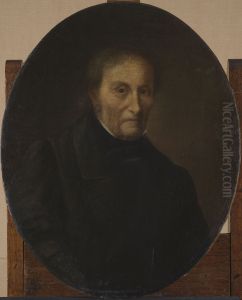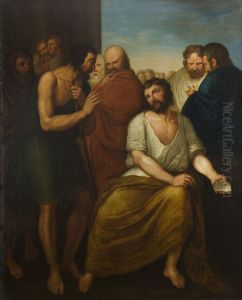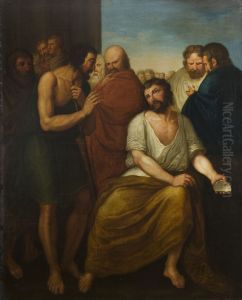Franciszek Smuglewicz Paintings
Franciszek Smuglewicz was a prominent Polish-Lithuanian painter, known for his significant contributions to the Neoclassical art movement. Born on October 6, 1745, in Warsaw, then part of the Polish-Lithuanian Commonwealth, he hailed from a family with a strong artistic background, as his father was also a painter.
Franciszek received his initial artistic training from his father, before continuing his education in the arts abroad. In 1763, he went to Paris to further his studies and was influenced by the works of the great French artists of the period. After spending some time in France, Smuglewicz traveled to Italy in 1767, where he became deeply immersed in the Italian art scene, particularly in Rome.
During his stay in Italy, Smuglewicz came under the patronage of Polish nobleman and art enthusiast, Adam Kazimierz Czartoryski, which allowed him to study the masterpieces of antiquity and the Renaissance firsthand. His exposure to classical art had a profound impact on his style, and he began to produce works that reflected the ideals of Neoclassicism, characterized by clarity of form, sober colors, and classical themes.
In 1773, Smuglewicz collaborated with the German artist Anton von Maron on a series of paintings for the Royal Baths in Warsaw. His work gained him recognition, and in 1777, he was appointed director of the newly established Academy of Fine Arts in Vilnius, the present-day capital of Lithuania. He played a crucial role in the development of the academy and became a mentor to many young artists of the era.
Smuglewicz's oeuvre includes a wide variety of works, ranging from historical scenes and portraits to religious and mythological paintings. His ability to blend the grandeur of classical art with the sensibilities of his time made him a central figure in the art world of the Polish-Lithuanian Commonwealth.
He continued to work and teach in Vilnius until his death on September 18, 1807. Franciszek Smuglewicz's legacy endures through his influential role in the cultural life of his country and his contributions to the development of Neoclassical art in Central and Eastern Europe.
